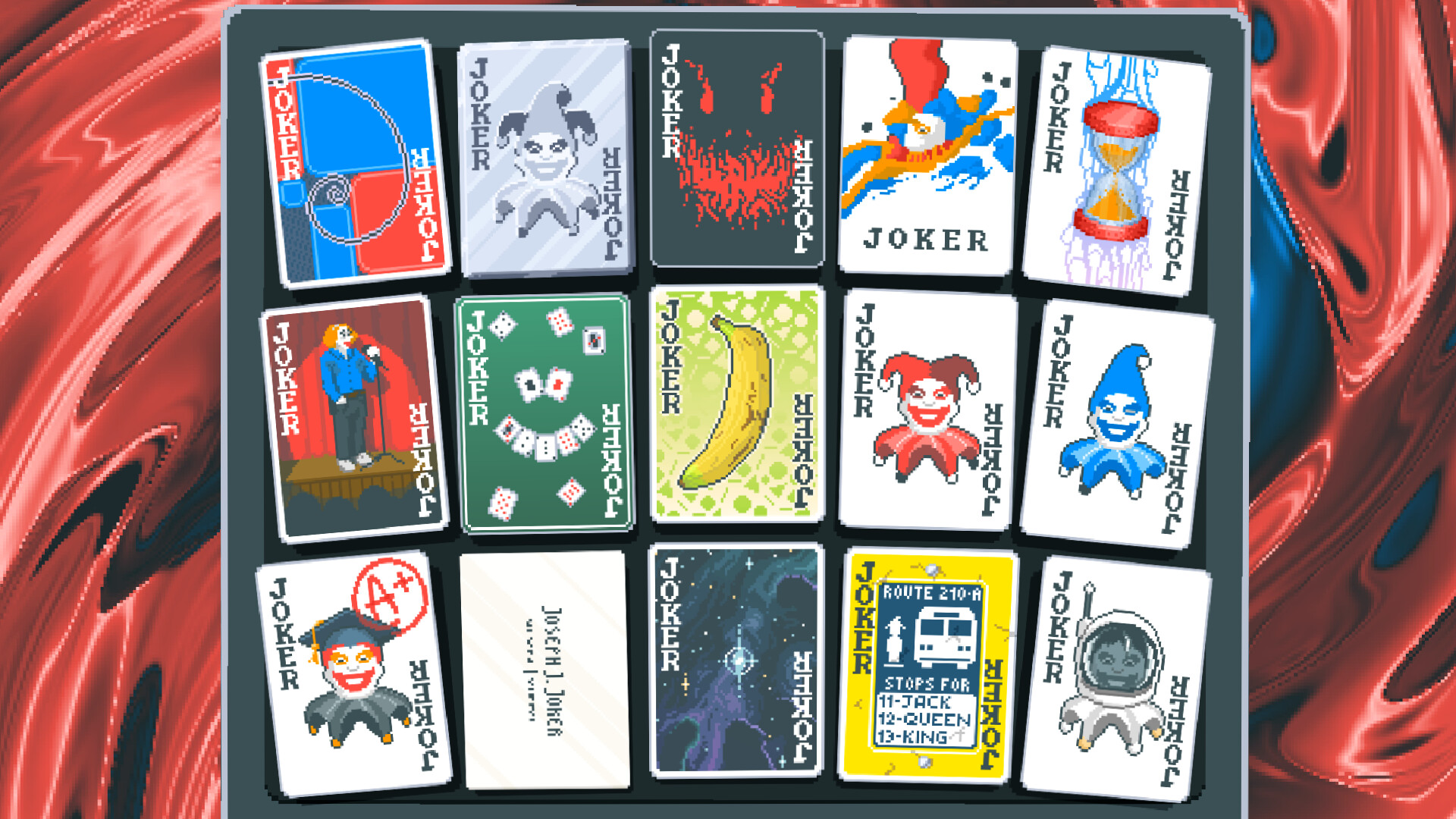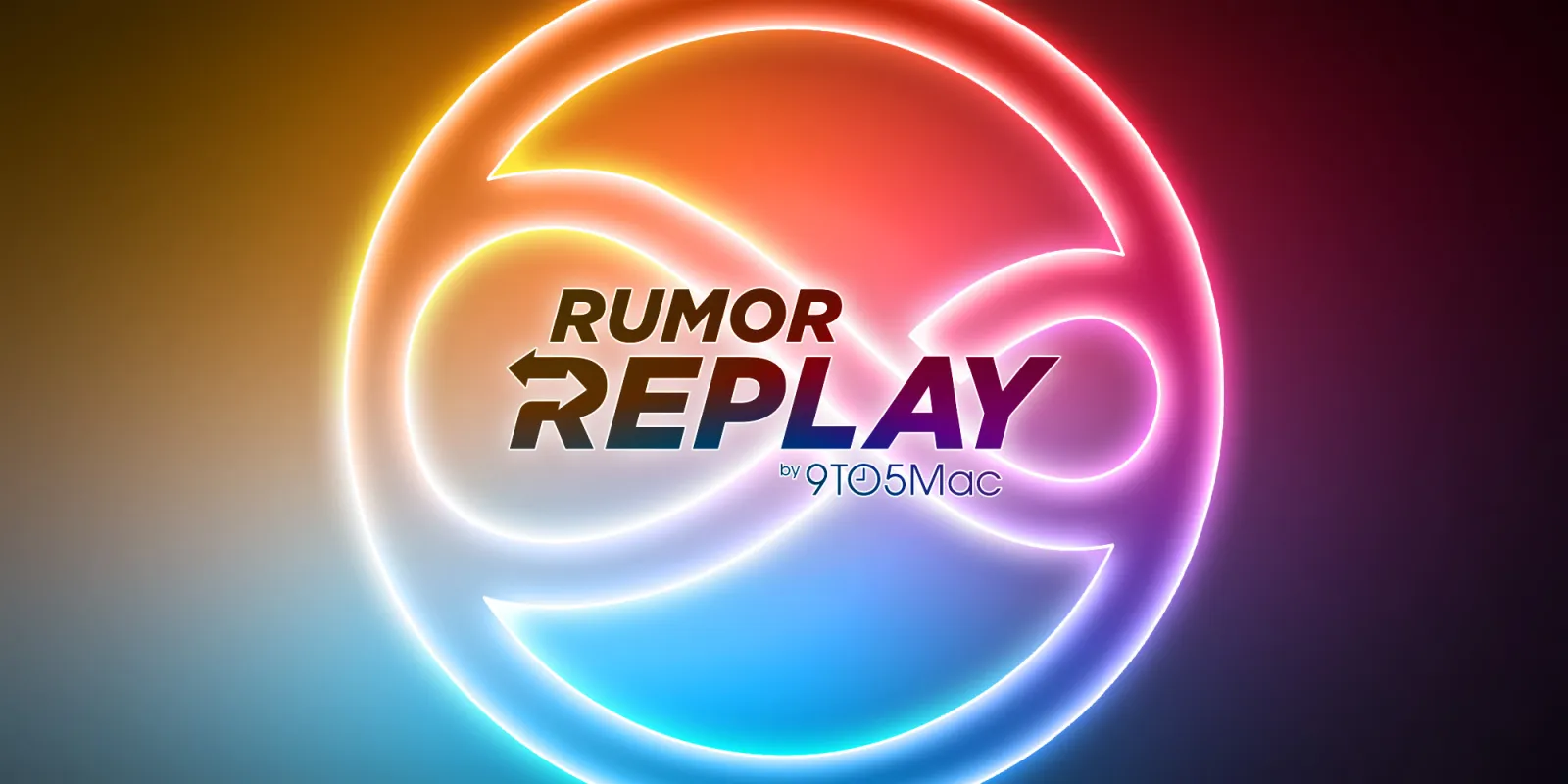9to5mac.com
Believe it or not, Apples 2025 iPad lineup is actually much less confusing than in years past. Although, with four main modelsthe iPad (11th Gen), iPad Mini 7, M3 iPad Air, and M4 iPad Prothere is still plenty of nuance to understand to make sure you make the right choice. But the reality is that all iPads handle about 90% of the same tasks, such as web browsing, note-taking, streaming, app ecosystem, and creative and professional work, and they all even have the same design language. Its that final 10%the extra power, display technology, better efficiencies, and accessoriesthat makes the difference.This guide will break down each iPads strengths, who its best for, and how to make the best decision for your use cases!Before we get into it, I am fully aware that you can find cheaper or better value iPads in the used and refurbished market. But this guide will focus on Apples latest and newest iPads.I wanted a way to illustrate the idea that most of the iPad experience can be had at the cheapest level of iPad, and the best way to do that was with the iPad buying triangle. Where the bottom of this triangle focuses on the commonalities across all iPads, and as you move up the triangle, you add the software and hardware features you gain by going to a higher-tier iPad. So, to simplify the iPad line this is how we did it:Base Tier This tier represents what all iPads have in common, regardless of price. Every iPad runs iPadOS 18, features a USB-C port, shares a similar design language, and supports some form of Apple Pencil and keyboard. 90% of the iPad experience falls into this tierMid Tier At this level, iPads start adding more premium features. This introduces a significant power boost. These models support Stage Manager for advanced multitasking, Apple Intelligence is available, and Apple Pencil Pro with hover support and better accessory compatibility, making them a step up from the base model but still not as fully capable as the Pro models.Top Tier Sitting at the peak of the pyramid, the iPad Pro is the only model that does everything. It has the M4 chip for extreme performance, ProMotion (120Hz refresh rate) for the best display experience, Thunderbolt connectivity, and Face ID. Each tier builds on the last, meaning that while all iPads can handle the basic iPad experience, only the highest-tier models can do it all. Understanding this structure makes deciding which iPad best fits your needs easier.What all iPads have in common Before diving into the differences, its important to mention what all iPads share. As I continue to say, these common features make up most of the iPad experience. iPadOS 18 The latest version of iPadOS runs on all models, offering the same core software experience.USB-C Charging Every iPad now uses USB-C, making charging and accessory compatibility more universal.Apple Pencil & Keyboard Support While compatibility varies, all iPads work with an Apple Pencil and some form of keyboard.Great App Ecosystem Every iPad runs powerful apps for productivity, creativity, and entertainment.Now, lets look at the differences.Who its for: Students, casual users, families, educators, Chip: A16Display: 10.9 LCDFeatures: TouchID, USB-C, iPadOS 18 supportOptions: 4 colors, 3 storage options, wifi and cellularAccessory support: Apple pencil gen 1, Apple pencil USB-C & Magic Keyboard FolioBest Use Cases: Web browsing, schoolwork, media consumption, light gamingWhats Missing: Apple intelligence, Stage manager, external display support, Thunderbolt, ProMotion, etcPrice: Starts at $329The 11th Gen iPad is the most affordable option, making it great for students, kids, and casual users. Its powerful enough for everyday tasks, creative work, business work, and daily management but lacks the premium features of higher-end models.Who its for: Professionals, creatives, students needing more powerChip: M3Display: Liquid RetinaFeatures: Apple Intelligence, Touch ID, Stage manager, Extended monitor support, Hover supportOptions: two sizes (11in and 13in), four colors, four storage options, wifi and cellularAccessory support: Apple Pencil Pro, Apple Pencil USB-C, Magic Keyboard compatibilityBest Use Cases: Multitasking, moderate creative work, productivityWhats Missing: High-end hardware like Thunderbolt port, Tandem OLED display, ProMotion, LiDARPrice: Starts at $549The iPad Air is the best option for those who want more power without paying for an iPad Pro. An M3 chip can handle demanding apps like Photoshop, Lumafusion, Affinity Photo, and Final Cut Pro while still being portable and relatively affordable. Its a fantastic balance of price and performance.Who its for: Power users, pixel peepers, professionals, creative industry workersChip: M4 with up to 16GB of RAMDisplay: Tandem OLED, 120Hz ProMotion, Nano-textured (Option)Features: Apple Intelligence, Stage manager, Extended monitor support, Hover support, Thunderbolt support, ProMotion, LiDAROptions: two sizes (11in and 13in), two colors, four storage options, two display options, wifi and cellularAccessory support: Apple Pencil Pro, Apple Pencil USB-C, Magic Keyboard compatibilityBest Use Cases: Video editing, 3D modeling, high-end creative workWhats Missing: NOTHINGPrice: Starts at $909The iPad Pro is designed for professionals who need the best performance possible. Whether youre editing 4K video, using multiple pro apps at once, or working with 3D models, the M4 chip and ProMotion display make this the ultimate iPad experience. But one thing I will note, is that you are mostly paying for the hardware here. The m3 iPad Air can do 99% of what the M4 iPad Pro can do from a software perspective. But the iPad Pro has all the premium hardware. So if you want the best of the best from hardware and software and budget is no issue, then this is the best iPad!Who its for: Travelers, note-takers, handheld users, pretty much anyoneChip: A17 ProDisplay: 8.3 Liquid RetinaFeatures: Apple Intelligence, Touch ID, Stage manager, Extended monitor support, Hover supportOptions: four colors, three storage options, wifi and cellularAccessory support: Apple Pencil Pro, Apple Pencil USB-CBest Use Cases: Reading, sketching, one-handed use, portable gamingPrice: Starting at $399 ($100 off!)I didnt forget about the iPad mini! This has to be the most unique one because it can be used in any situation. You can read, game, note take, do creative task, run image playgrounds, and more. There is no real wrong situation to use this in unless you re trying to do some crazy video editing on it. But even then it will work just slower than an Air or a Pro. That is why its the floater iPad in my opinion, you either get it for a very specific use case based on the portability or you get it just to add to your workflow. Final thoughtsSo, to sum it all up, I broke it down below as simply as I could so you can glance and make a decision!Need a budget-friendly option for basic tasks? Get the 11th gen iPad.Want the most portable and compact option? The iPad Mini is perfect.Looking for the best balance of power and price? The M3 iPad Air is the way to go.Need the absolute best performance and display? M4 iPad Pro is the top choice.I am an iPad Pro user, and I will always be an iPad Pro user, even if I dont technically need all that power. But its nice to know that every iPad can handle the basics, and the best choice depends on your specific needs. Hopefully, this guide helped make your decision a little easier! Let me know in the comments which iPad youre choosing and why!Add 9to5Mac to your Google News feed. FTC: We use income earning auto affiliate links. More.Youre reading 9to5Mac experts who break news about Apple and its surrounding ecosystem, day after day. Be sure to check out our homepage for all the latest news, and follow 9to5Mac on Twitter, Facebook, and LinkedIn to stay in the loop. Dont know where to start? Check out our exclusive stories, reviews, how-tos, and subscribe to our YouTube channel












